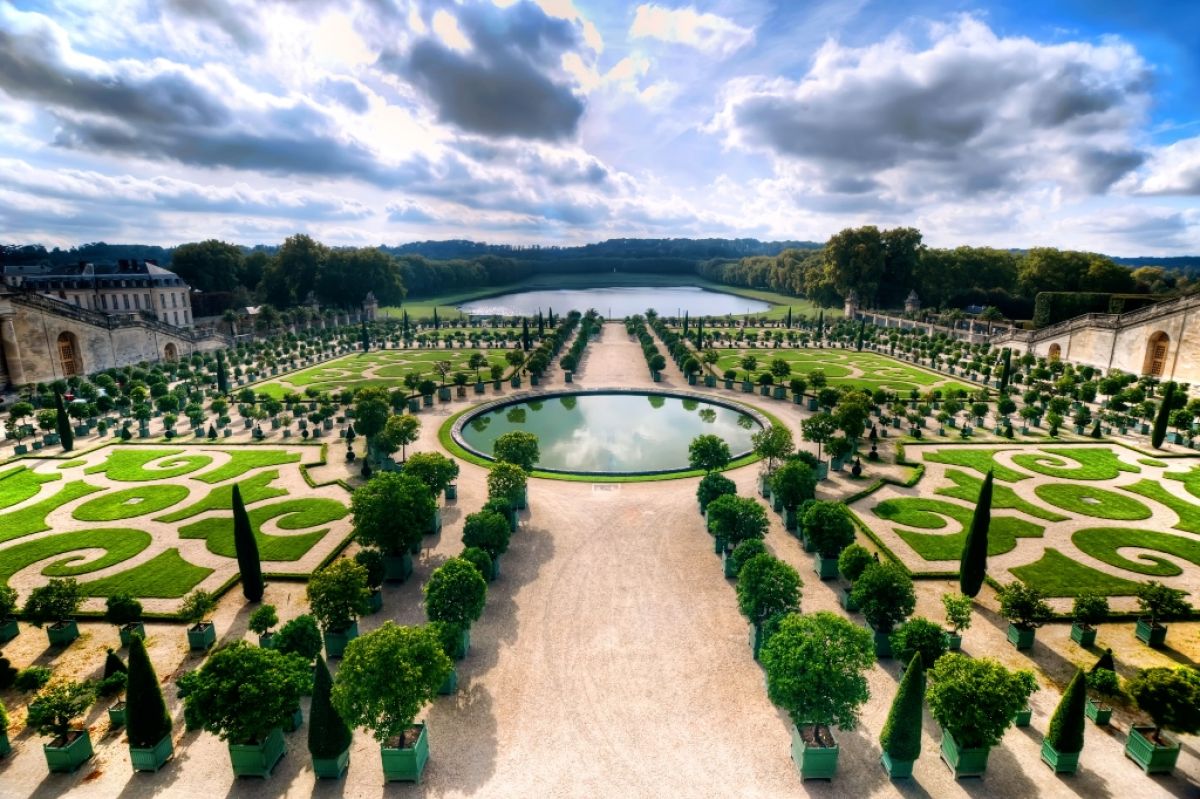During his life, which was short by today's standards—only 54 years, Louis XIV of France created spectacular gardens at his palace at Versailles, southwest of Paris. He called himself the Sun King, and his gardens would glorify himself and his achievements.
Essentially, his were pleasure gardens, places to entertain and impress, and in 1682, he also named Versailles as his official seat of government.
It was home to King Louis and his enormous household with a kitchen garden of 25 acres. The inventory of what was grown on Louis’ small farm shows the vast range of fruits and vegetables available to the rich landowner during the 17th century in Europe.
Views from the palace included pools and fountains, sculptures and elegant vistas and promenades. There were many clipped hedges, creating many formal patterns, and a canal that stretched for a mile. There Louis hosted parties with operas, ballets, and fireworks.
Every shrub was controlled by sheers and every plant was manicured. Symmetry was the law with nothing out of place. The purpose of cultivated estates both in England and in France in the 17th century was controlling nature. The flowers, which were few, were expensive and rare. Imported from afar to add to the evidence of the owner’s wealth.
This is Moya Andrews, and today we focused on Versailles.










